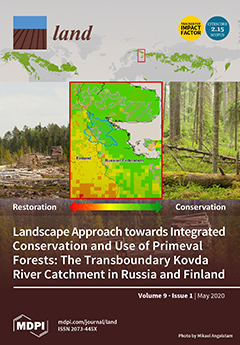Land Cover and Land Use Change in the US Prairie Pothole Region Using the USDA Cropland Data Layer
The Prairie Pothole Region (PPR) is a biotically important region of grassland, wetland, and cropland that traverses the Canada-US border. Significant amounts of grasslands and wetlands within the PPR have been converted to croplands in recent years due to increasing demand for biofuels. We characterized land dynamics across the US portion of the PPR (US–PPR) using the USDA Crop Data Layer (CDL) for 2006–2018. We also conducted a comparative analysis between two epochs (1998–2007 & 2008–2017) of the CDL data time series in the North Dakotan portion of the US–PPR.




